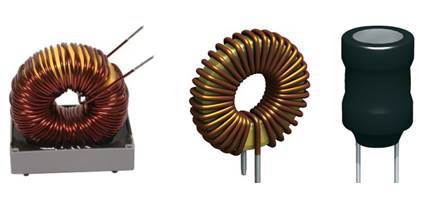I can recommend to ALWAYS use a MOSFET gate driver (e.g. IR4426 or equivalent). It has a couple of advantages as to connecting MOSFETs to GPIO directly:
- 100% sure the output is push/pull (which is required for proper operation)
- the input has a schmitt trigger so the output is always defined to be completely on or completely off, which makes the MOSFET very probably switch faster than on the GPIO directly
- the output driver fets can sink or source up to 20 A without any problem, and do it fast too, which makes the MOSFETs switch faster, which is better for it's health
- in the unlikely occasion one still messes up, only the driver is broken, not the microcontroller
- but, as far as I am concerned, most important: the input will take almost any CMOS-like level signal and it will output either 0V or Vcc, where Vcc can be anything between 5V and 20V. Most MOSFETs need at least 5-8V to competely turn on (which, again, is required not to blow it). Even if you have a "logical level" MOSFET, it will probably not completely turn on at 3.3V, really.


